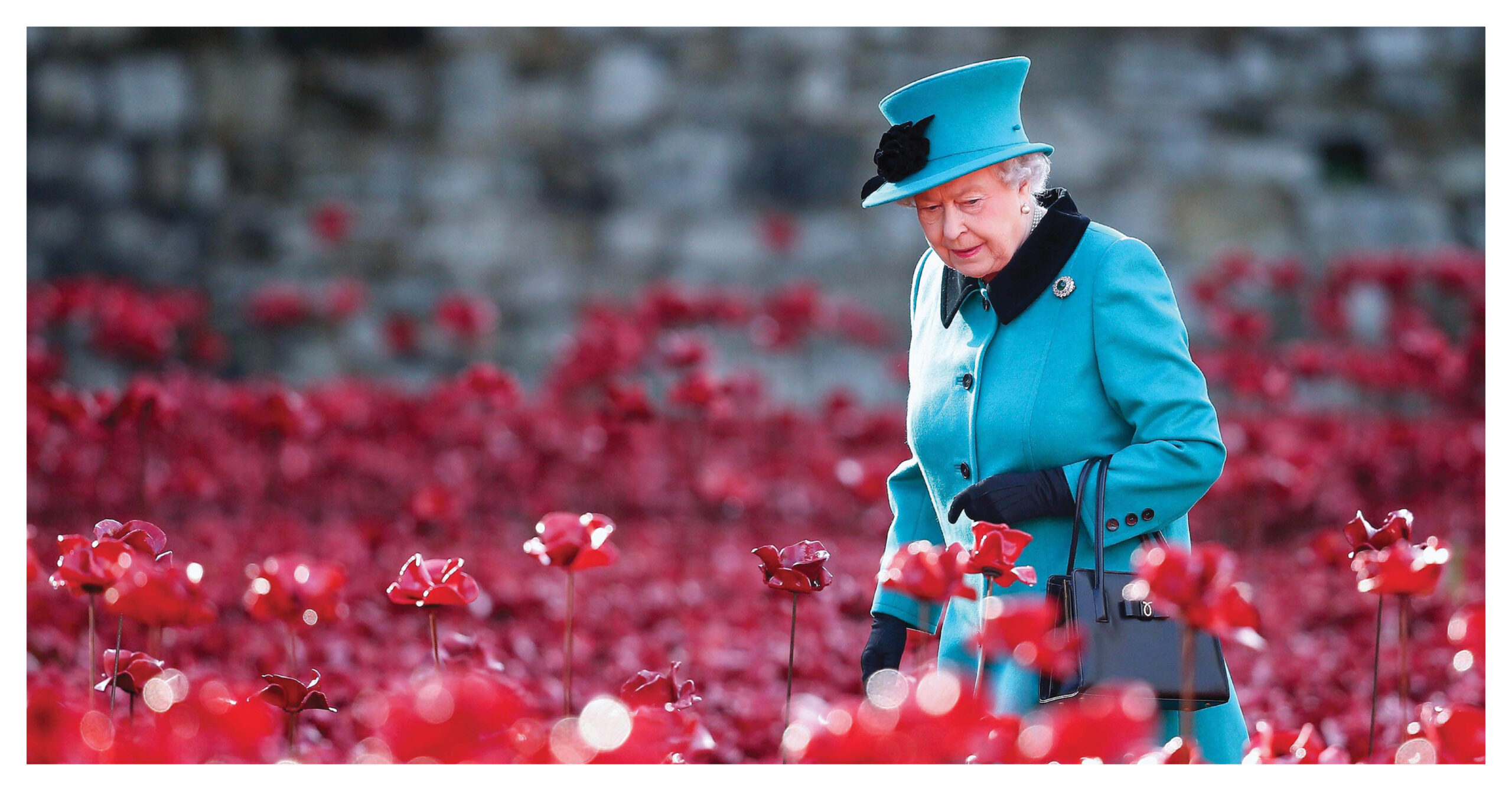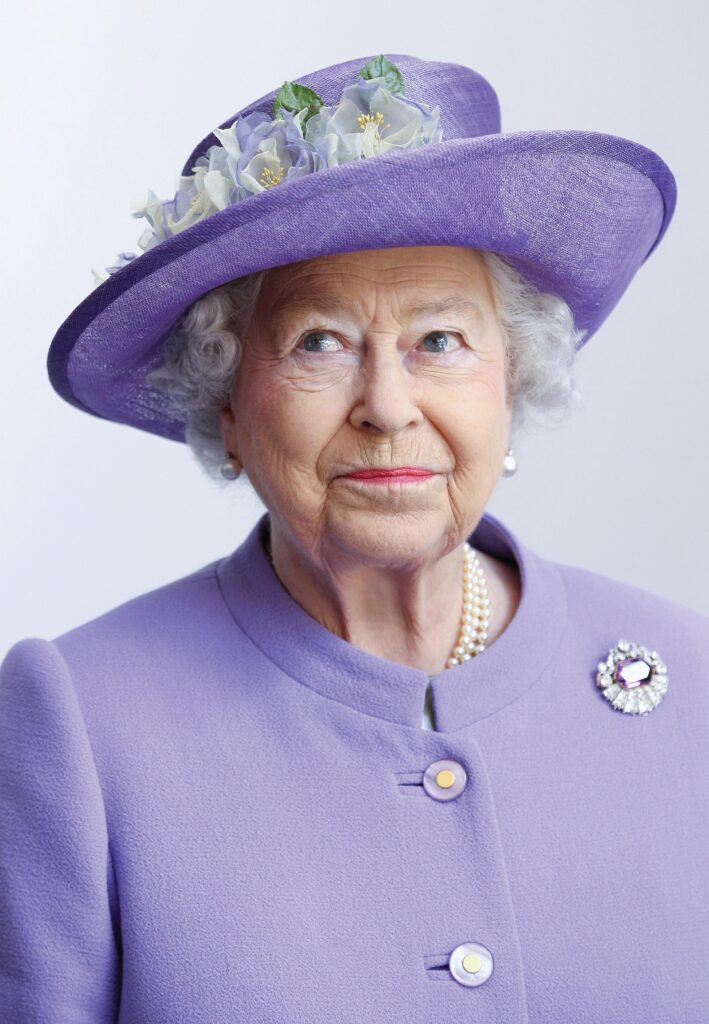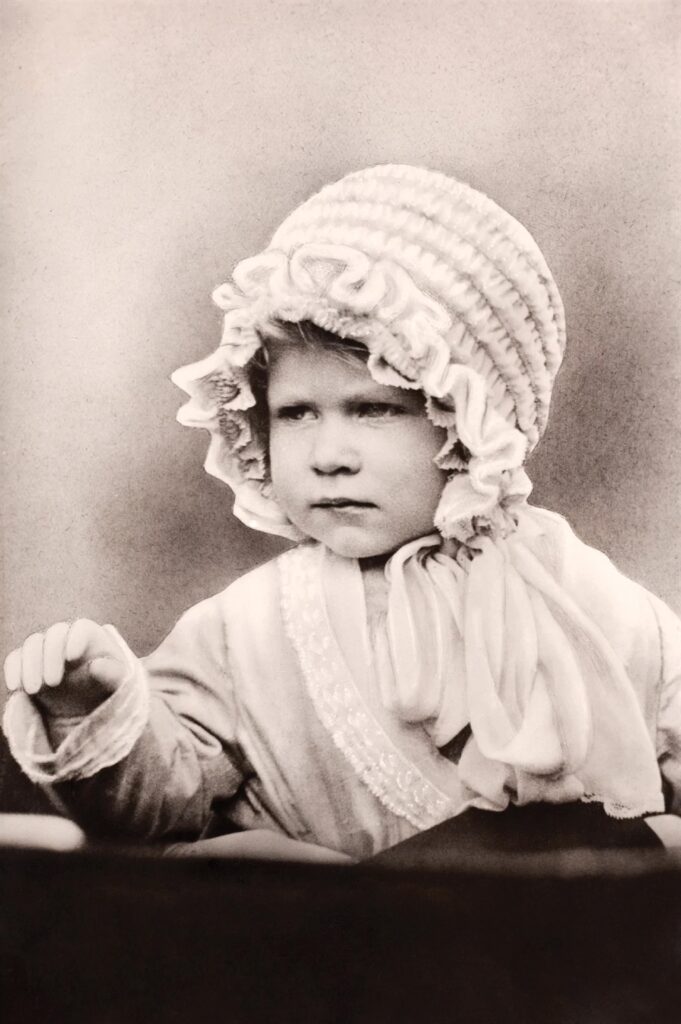By JOANNE RAE M. RAMIREZ
PeopleAsia editor-in-chief Joanne Rae Ramirez pays tribute to “the only real queen we knew outside of our storybooks,” before a new British monarch is crowned on May 6.
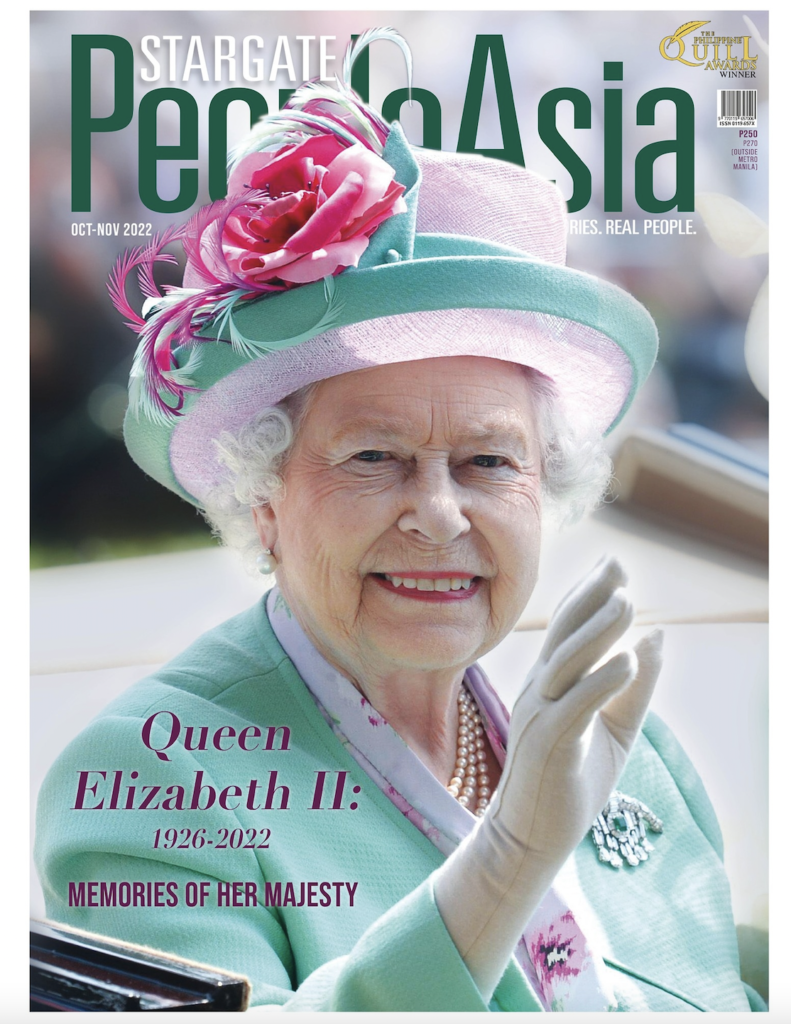
She was the only real queen we knew outside of our storybooks. A queen who wore a crown on a bed of ermine, lived in a palace, rode a carriage like Cinderella’s own, had footmen and had a prince who looked like he, too, leapt out of a storybook.
Queen Elizabeth II’s reign spanned the lives of our great-grandparents, our grandparents, and our children. We know of a few other real-life queens, but no one quite permeated our consciousness or our world — though we live a world away — than the British monarch, who died at the age of 96 on Sept. 8 after a 70-year reign. For Britons themselves, she was their “only queen.”
“Lilibet,” who, ironically was not born heir to the throne (her uncle King Edward XVIII abdicated, thus her father became King George VI), broke many records during her 70-year-reign. In September 2015, she became the longest- reigning monarch in British history, surpassing the reign of her great-great-grandmother Queen Victoria. She downplayed that milestone and was quoted as saying that the title was “not one to which I have ever aspired.”
Her death was the end of the second Elizabethan era, and the beginning of a new era, still to be defined. As one BBC anchor said, “Yesterday, the people had a queen, today, they have a king.”
Another said, “the British people have lost an elbow,” a part of themselves they have had since they were born, an intrinsic part of themselves that they can lean on.
“The Queen is dead, God bless the Queen. God save the King.” That, as far as I know, is why the monarchy endures. Though the Queen’s duties were largely ceremonial, they had gravitas. Two days before she died, she was still on her feet — though with apparent difficulty — appointing Britain’s new Prime Minister, Liz Truss. She was working till the virtual eve of her passing. Perhaps, the queen, who swore at her coronation to serve her country till her last breath, wanted to keep her vow and truly waited till she appointed the country’s new prime minister, the 15th under her reign, before her curtain call. She was a woman of her word.
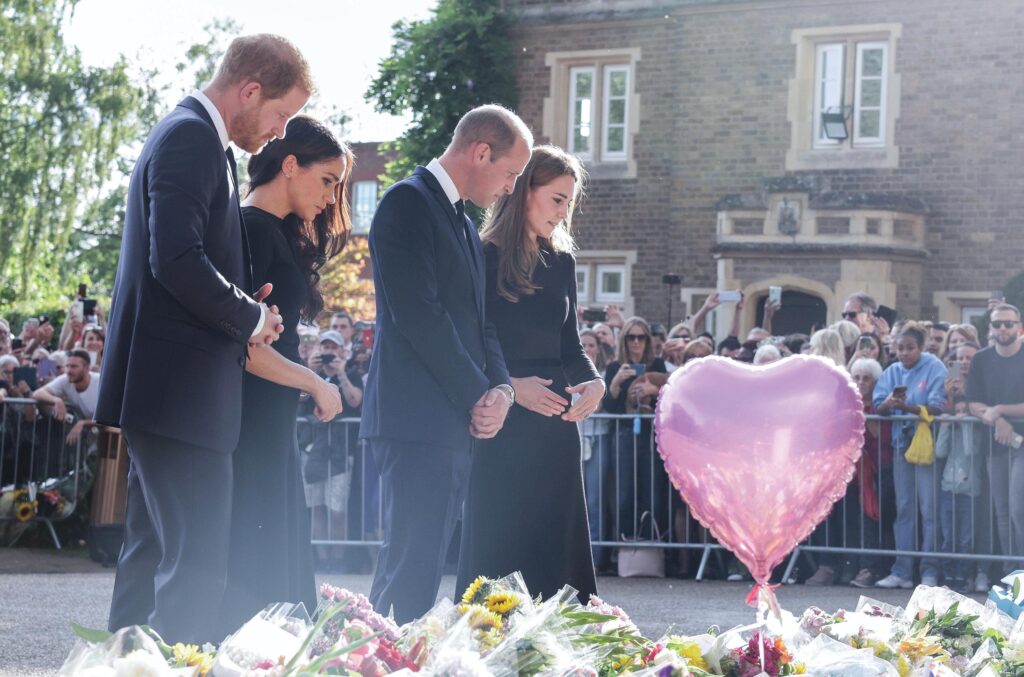
She once recalled, “When I was 21, I pledged my life to the service of our people and I asked for God’s help to make good that vow. Although that vow was made in my salad days, when I was green in judgment, I do not regret, or retract, one word of it.”
She died of “old age” in her “happy place,” Balmoral Castle, just a year after her beloved Prince Philip passed on at age 99. Now, they are together again.
‘The Rock‘
According to Prime Minister Truss, Queen Elizabeth was “the rock on which modern Britain was built.”
All citizens of the world who put a premium on dedication to duty appreciate how Queen Elizabeth walked her talk.
US-based psychiatrist Dr. Geraldine Mayor said that the Queen’s fidelity to duty “is beyond compare,” her steadfastness, “one of a kind.”
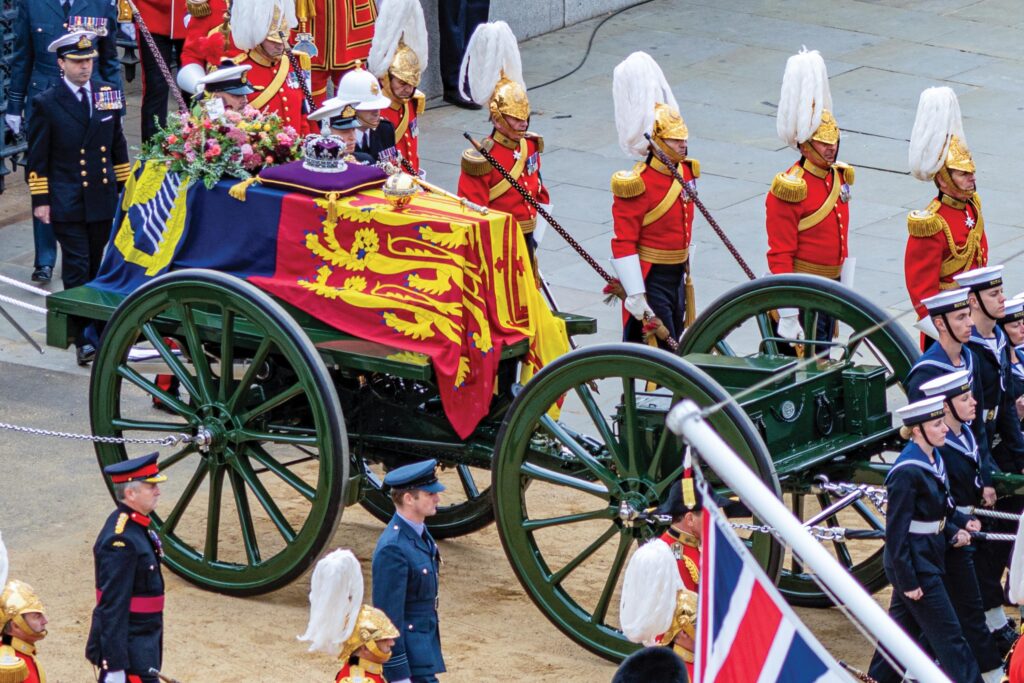
/Department for Digital, Culture, Media and Sports
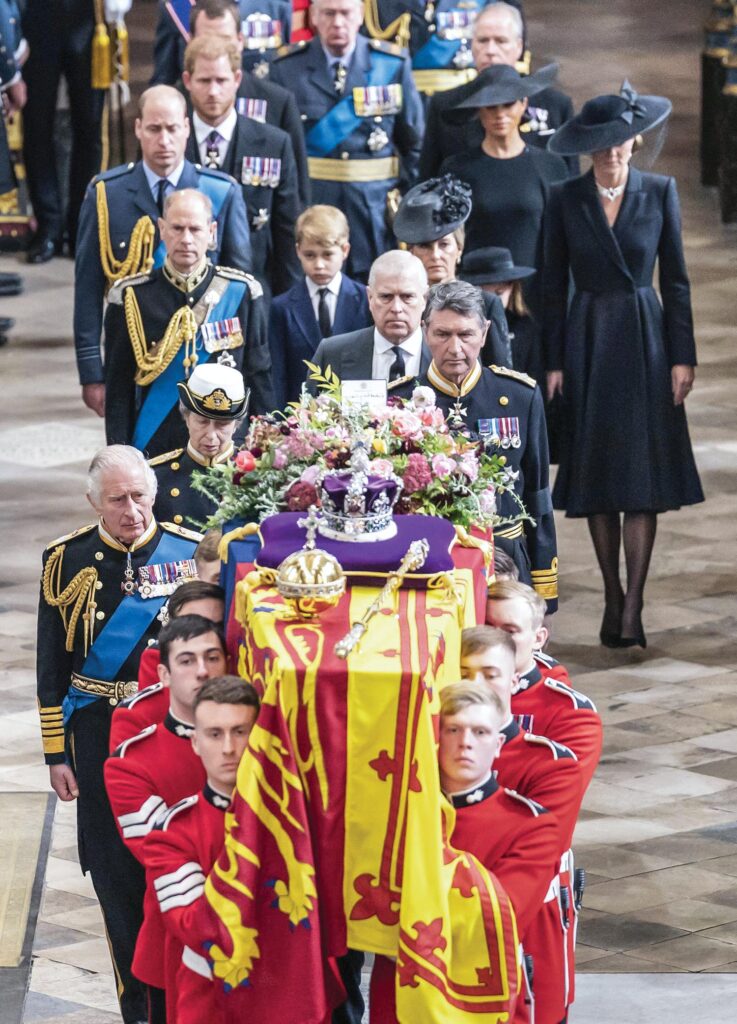
Herald Sun immediately came out with an edition with a smiling Queen Elizabeth on the cover with this headline: Irreplaceable.
Like Dr. Mayor, I admire how, despite the difficulty of adapting to an increasingly changing modern world far different from the one her generation was used to, Queen Elizabeth endeavored to adapt to the changing times. She hurdled the gaps.
She ascended the throne because her uncle King Edward chose a woman who was twice divorced and therefore unacceptable as a queen consort. And yet, Elizabeth, gliding graciously with the times though holding fast to the railings, eventually came to accept her own children’s divorces, including the heartbreaking one between her heir and now King Charles III, and his late wife Princess Diana. Two of her other children, Princess Anne and Prince Andrew, are divorced themselves. Queen Consort Camilla Parker Bowles is a divorcee herself, and was once very unpopular because she is believed to have caused the breakup between Charles and the much-loved Diana. And yet on the eve of her Platinum Jubilee, the Queen said: “And when, in the fullness of time, my son Charles becomes King, I know you will give him and his wife Camilla the same support that you have given me, and it is my sincere wish that, when that time comes, Camilla will be known as Queen Consort as she continues her own loyal service.”
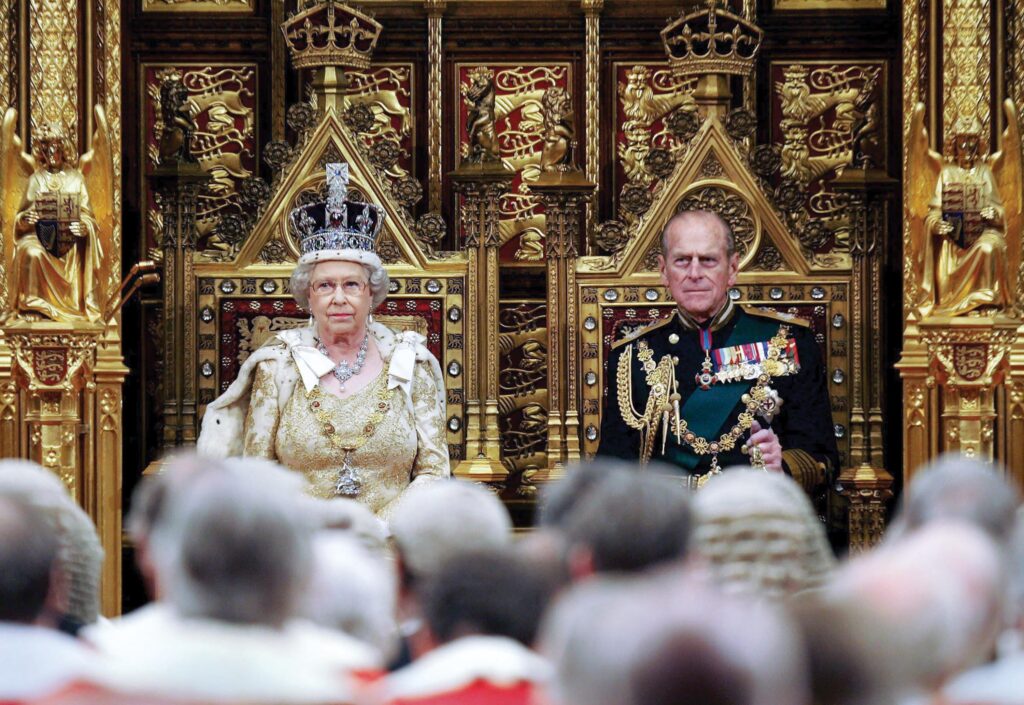
“When I was 21, I pledged my life to the service of our people and I asked for God’s help to make good that vow. Although that vow was made in my salad days, when I was green in judgment, I do not regret, or retract, one word of it.“
Queen Elizabeth II was laid to rest following a private burial ceremony at St. George’s Chapel at Windsor Castle. She was buried alongside her husband, the Duke of Edinburgh, and her father and mother. The marker on their tomb simply bore their first names, without their titles, symbolic of what perhaps they believed they were in the end — people, not crowned heads.
Before the Queen’s coffin was lowered into the royal vault in the chapel, the orb, the scepter and the Imperial State Crown — reportedly studded with almost 3,000 diamonds and which she reportedly wore at her coronation — were removed from the top of her coffin and placed on an altar. According to online sources, the crown, orb and scepter “symbolize the monarch’s power and governance and so their removal separated the Queen from her crown for the last time.”
The Lord Chamberlain, the most senior official in the royal household, then broke his “wand of office,” which was then placed on the casket, symbolizing the end of the Queen’s reign.
One of the songs sung during the farewell service for the Queen had these poignant words: “We brought nothing into this world, and it is certain we can carry nothing out. The Lord gave, and the Lord hath taken away…”
Queen Elizabeth was faithful to her crown and to her faith. She left behind her crown, but not her faith.
God bless the Queen.

